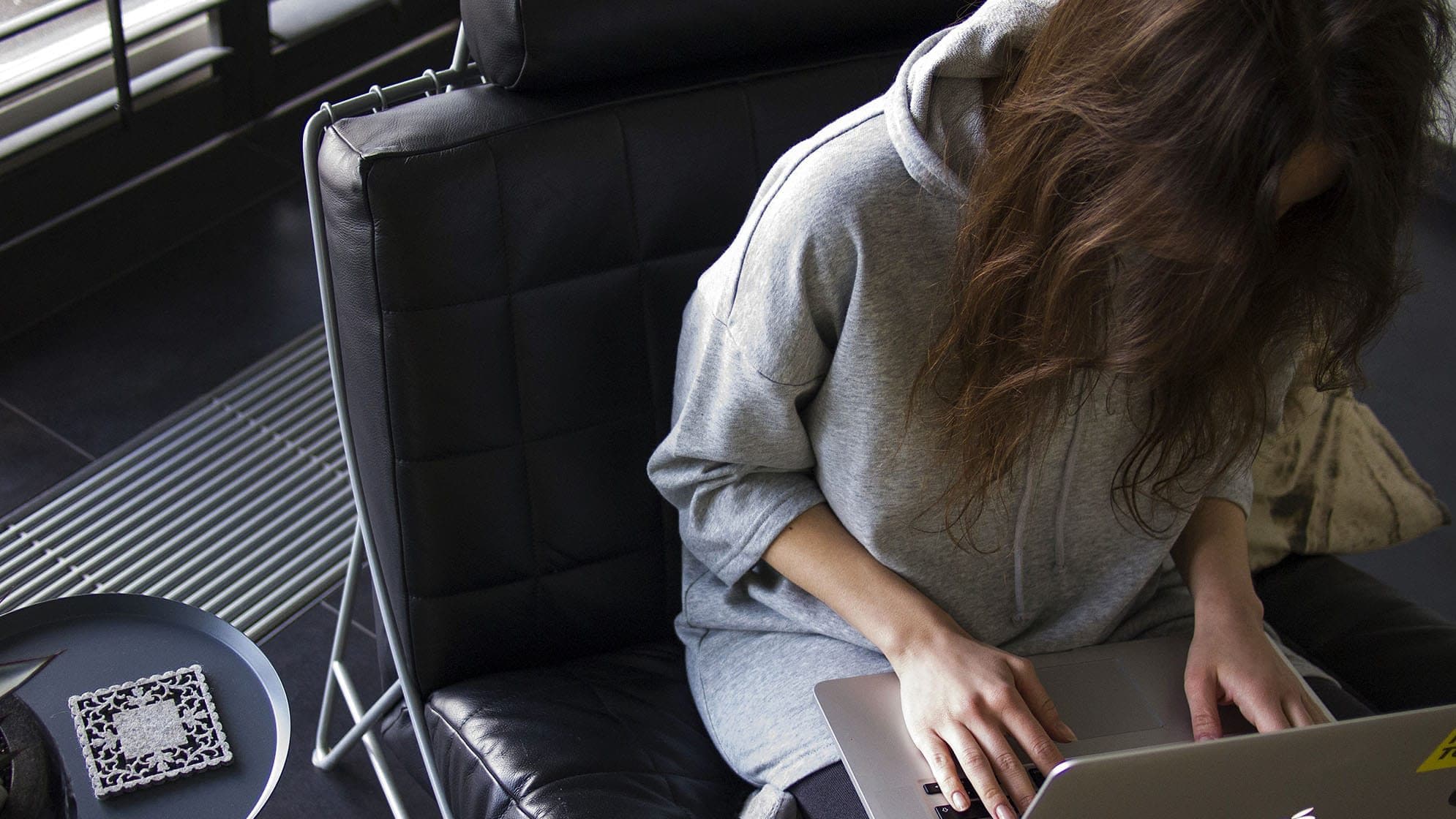As news rapidly unfolded with the arrival of novel coronavirus (COVID-19) in the United States—and then its rapid spread to North Carolina—that which for many was just a never-ending series of news articles suddenly became a looming reality. Faculty across the university started weighing their teaching curriculum, and wracking their minds on how they’d translate their classrooms to the cloud, and what the effect would be if that too became a necessary reality for the rest of the semester.
Within days, it did.
Following an extension of students’ spring break, the semester continued with all classes turning themselves into online classes virtually overnight. While NC State, and Engineering specifically are no strangers to online courses (with even most graduate certificate courses in ECE being offered online as well as in-class), there were no shortage of issues at stake: translating objectively tactile coursework to video engagement and tools like the Analog Discovery 2 that all undergraduate students already had; socially distancing group work like Senior Design into teleconferencing and collaborative platforms; and even ensuring that doctoral candidates could still perform their thesis defenses remotely.
Like many organizations and institutions, many of ECE’s previously-face-to-face interactions have shifted to leveraging solutions like Zoom or Google Hangouts video conferencing–what previously were only edge-case tools has now become core parts of teaching curricula.
As teaching has resumed after spring break, I have given several Zoom lectures. Based on student queries, they seem to be working well.
“We all have different ways of teaching,” Aranya Chakrabortty, a professor in the electrical and computer engineering department elaborated. “Zoom has a whiteboard option, but if you want to use the whiteboard, you need a digital pen […] if you really want to hand-write your notes, which is what I always do—in real time in front of the students—then you need a document camera.” As Chakrabortty normally utilizes a document camera provided in a recording studio in the Monteith Research Center, he had to adapt to recording from home.
Cleverly, with the assistance of furniture, a selfie stick, and an iPhone, he’s been able to fabricate his own live document camera solution to continue his teaching style from his living room–and shared his process for others to replicate.
I am fortunate to have a laptop that can be folded into a pad and written on with a stylus. This has allowed me to write equations on a shared, electronic whiteboard instead of needing a document camera.
Ashley Robbins’ Senior Design team had been working with a non-profit in Uganda to design a security system for community lighting in rural parts of the country, and had just spent Spring Break in the country testing their system. “It is a little disappointing that we are not able to complete all of the functionality we had hoped for but we are all trying to work our hardest while remote to leave the project off in a good place for the non-profit we are working with.”
In addition to affecting teaching and research activities, many students are at the critical stage seeking advising as they map out their course choices to ensure they’re on path to graduate successfully–much of which traditionally involved face-to-face meetings and printed degree audits, adding more challenges to the mix.
Moving into online classes has been a bit daunting but I think that my professors have tried to alter the requirements as much as possible and have made themselves available for online office hours which has helped smooth the transition. Senior Design has been a bit difficult to transition to online delivery since this class is based on meeting together and working hands-on to create a product.
“Despite this sudden transition, I believe that the faculty are doing a great job of taking this challenge head-on and adapting their coursework as efficiently as possible,” Jacob Smith, also graduating senior in electrical engineering with a REES concentration. “All of my professors have gone above and beyond to make this transition as easy as possible for the students, whether that’s extra office hours, quick email replies, or more detailed assignment reminders. Although this transition hasn’t been easy, especially for more hands-on courses like Senior Design, the dedication of the faculty has helped tremendously to alleviate the stress of this situation.”
Through all the challenges and rapidly changing situations, the last few weeks have been marked with creativity, perseverance, and unending experimentation as the core mission of everyone involved has never wavered. While the situation is far from ideal, the lessons learned, ideas marked with success, and experimentation with remote learning and working practices set the stage for a more available and adaptable learning experience for engineering students.

